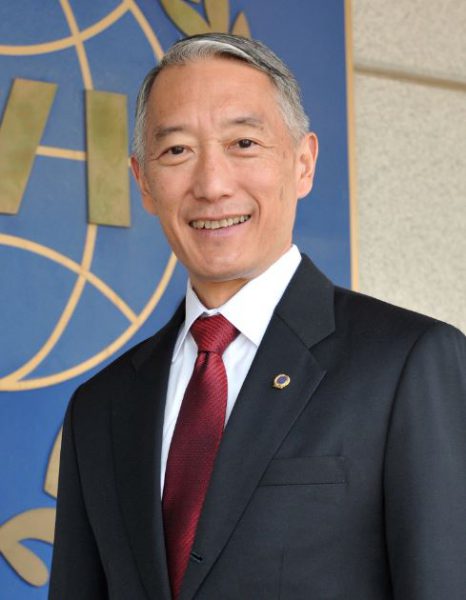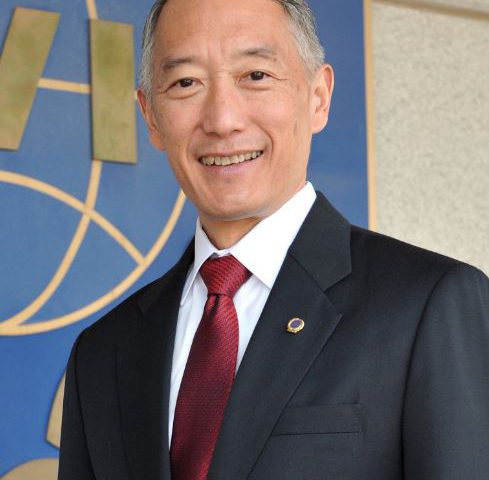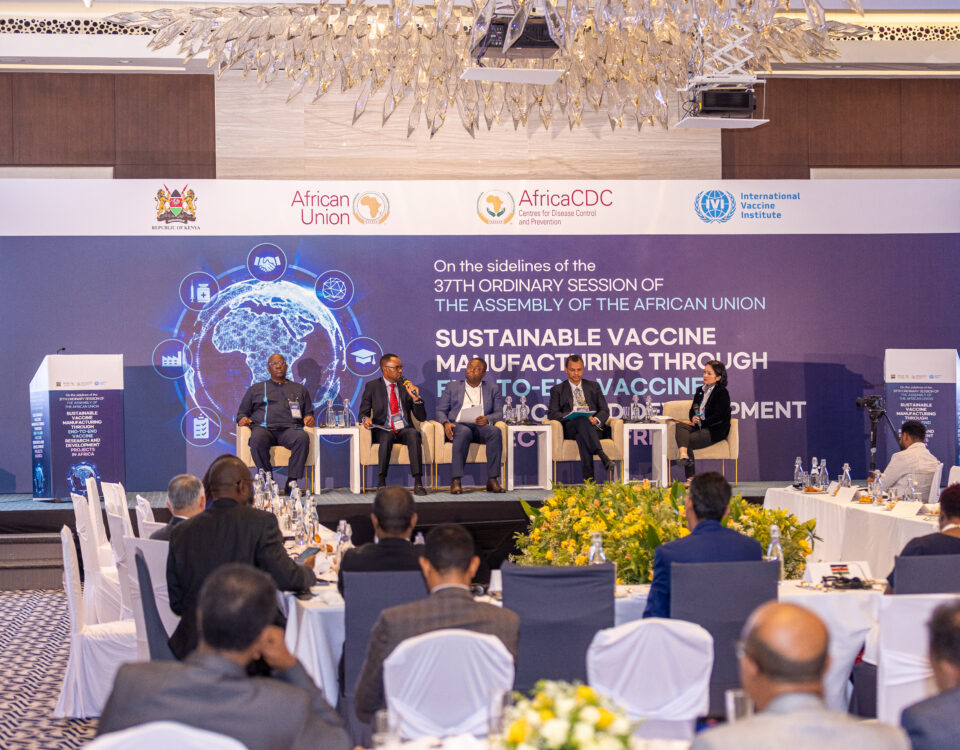Reason for measles outbreak in “measles free” Korea
By Jerome Kim, Director General, International Vaccine Institute

In 2014, the World Health Organization declared Korea “measles free” –yet, in 2019 an outbreak of measles in the country has affected 37 patients. Similarly, the United States was declared “measles free” in 2000, nevertheless there were 349 cases in 2018 and there is now an outbreak in the states of Washington and Oregon.
Technically, “measles free” means that the initial infection in an outbreak does not originate in the country – for example, the current outbreak(s) in Korea was probably initiated by a person who was susceptible to measles infection and who returned from Southeast Asia and it easily spread to infants (many were below the age for vaccination) and/or to adults who had not been fully vaccinated. Other infected patients were either caregivers or people who had been in the presence of an infected patient. How can a country where 98% of persons have been vaccinated have a measles outbreak?
Measles is among the most infectious of pathogens, if you haven’t had measles, being in contact with a measles patient carries a 90% risk of infection. Experts believe that countries need to attain at least 92-94% vaccination rates in order to stop transmission. Luckily the vaccine is 97% effective at preventing disease, if you have received 2 doses. Unfortunately, the 2d dose of measles vaccine was not mandated in Korea until 1997, therefore 20-30 year olds may have received only a single dose of vaccine and may be “undervaccinated”, hence their susceptibility to infection.
While Korea has maintained very high rates of vaccination and suffers from sporadic outbreaks of measles, globally measles has been on the rise, with a 30% increase between 2016 and 2017. For a disease that has had effective vaccines since 1963 the increase in cases and a sustained increase in deaths is one reason why “vaccine hesitancy” made WHO’s “top 10” list of threats to global health.
Vaccine hesitancy is term that captures the complex reasons why vaccines are not being used. The group of staunch anti-vaxxers is actually small, but the confounding effect of their messages creates disincentives for those parents for whom convenience, perceived concern over safety vs benefit, or other disinclination to vaccinate already exist. In the high-income countries, the false link between autism and the combination vaccine for measles, mumps and rubella (German measles) was published initially in 1998 and subsequently retracted. That research was deemed fraudulent, and its author, stripped of his medical license in England, has found refuge in an epicenter of vaccine hesitancy in the United States; where pockets of lower rates of vaccination, buttressed by internet-driven falsehoods, parents fearing immune “overload”, and anti-technology naturalism – serve as fertile ground for new outbreaks, infections caused by “importation” of measles (or chickenpox, another vaccine-preventable disease) from outside the community.
Since the introduction of the measles vaccine, 21 million children’s lives have been saved. Yet in Europe and North America, parents refuse to vaccinate their children. A leading Italian doctor recently resigned as head of Italy’s prestigious Istituto Superiore di Sanita because of the “unscientific or frankly anti-scientific” views of the newly elected populist government, as it threatened to revoke laws requiring mandatory vaccination of school children. These laws had just recently been passed after Italy suffered the second largest outbreak of measles in Europe. Misplaced concern around vaccines is not new – resistance to smallpox vaccination (smallpox was completely eliminated by vaccination in 1977) started almost as soon as the vaccine was discovered, in the 18thcentury.
Until more children worldwide are vaccinated against measles, “imported” cases of measles will continue to cause smaller outbreaks in countries like Korea and the US, and larger outbreaks in Europe and the developing world. If vaccine hesitancy leads to a lower vaccination coverage, pandemics like the 2009 H1N1 influenza outbreak could spiral out of control and many lives could be lost. Governments should lead -embrace science, educate parents, enforce vaccination requirements, and ensure vaccine availability as one of the most cost effective and broadly beneficial uses of public money. Ignorance and indifference cannot be the epitaph of a measles-free future.




